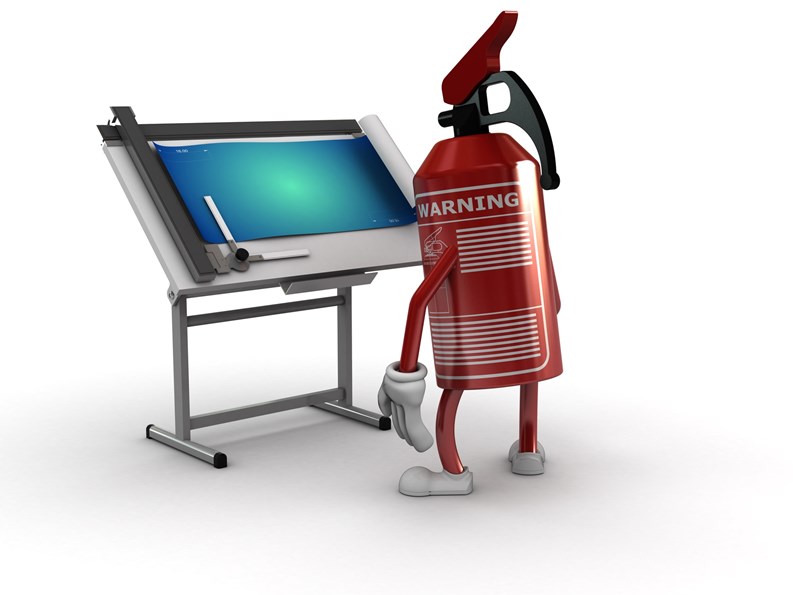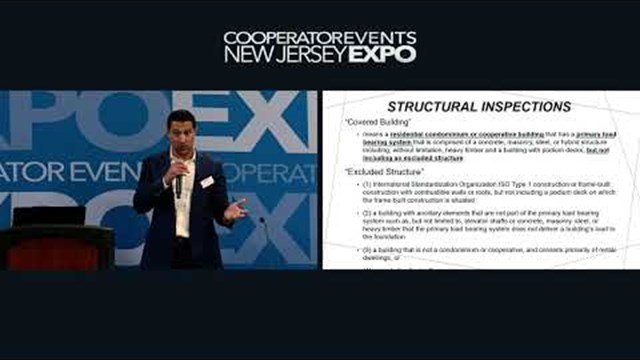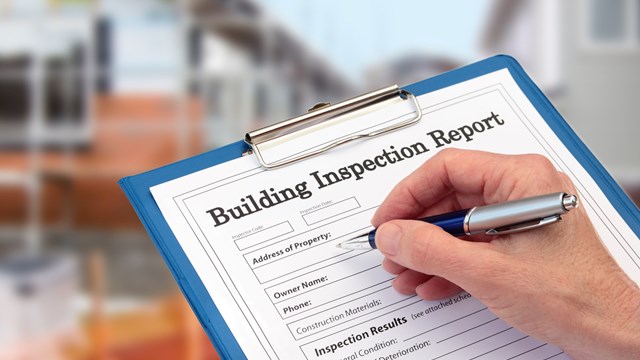When a crisis hits a multifamily community—or any other organization—the difference between a good outcome and a disastrous one is often a matter of simple preparedness. Residential communities in particular need to have a plan in case of an emergency, whether that emergency takes the form of COVID or hurricane, earthquake, or fire. Some states and municipalities require multifamily buildings and developments to draft emergency contingency plans as a matter of law, and some don’t—but in any event, they are always a must-have for the safety of your community.
What Is a Fire Safety Plan?
Public service announcements have been ubiquitous for years about the need for everyone to know what to do in a fire emergency, but in order to know that, you need to have a pre-prepared plan. The proper name for an official fire safety plan is a Fire Emergency Preparedness Guide (FEPG). It gives you information about what is physically installed in your building or development—fire protection systems, exits, stairs—and describes both fire and non-fire emergencies. FEPG requirements for buildings can originate with the state or local government (or neither—in which case it’s incumbent on boards and managers to make sure their communities draft, maintain, and update as needed their own FEPG). The form of ownership, whether it be co-op, condo, or rental, is irrelevant; indeed, FEGPs aren’t just for residential buildings—commercial and industrial buildings should have them as well. Safety is a matter of precaution and common sense, even to the level of the individual family.
More on FEPGs
James Bullock is a former firefighter and the president of New York Fire Safety, a consulting firm that provides FEPGs to co-ops and condominiums, as well as other types of properties in the tri-state area. “These plans contain perhaps three pages on fires themselves,” he says. “The other 30 pages or so deal with information on fire safety. There are other informational sections that deal with your building systems, exit, stairs, etc. and how and what to do in the event of a fire emergency. These reports have sections about both fire and non-fire emergencies. Basically it’s ‘what to do’ instructions, like: take your keys and close the door, don’t use elevators, and so forth. It now also contains sections on non-fire emergencies, like a hurricane or a steam or gas leak. [Some municipalities] mandate that fire safety notices are to be put on the back of the front door of your apartment, the same way you see them in hotel rooms. These instructions deal with the possibility of fire both inside your apartment and outside it.”
In some municipalities, co-ops and condos are exempt from the notice posting requirement, while other require co-ops and condos to post notifications as well - and while it's vitally important for your board/management team to know what your particular town's requirements are, the real message is that every building or association should have an FEPG, and make sure all residents and staff are familiar with it. “In New York City, an FEPG is required by law,” says Bullock. “It’s a part of the New York City fire code, and extends to residential buildings of three families or more. Outside the city it’s not required, but as a fire safety professional I certainly recommend having one. Multifamily buildings anywhere should have them regardless. It is critical for residents to know what to do in case of a fire.”
Who Creates the Plan?
Interestingly, Bullock says that even though most municipalities require an FEPG to be done for each building, they often don't specify who has to do it. Technically, a board or manager could draw up their own, but according to Bullock, “The plan should be written by a fire safety professional. I have completed over 3,000 of these guides, and frankly, I’ve found that when done by someone other than a fire safety professional, 85% of the plans are incomplete or incorrect. For example, supers often do FEPGs incorrectly. That’s not an accusation against supers—it’s just that they don’t necessarily have the same knowledge base as a fire safety professional. Anyone can do it, but it’s clearly better to work with a professional. In NYC, the board is responsible to have the FEPG prepared and to distribute it to the occupants and the building staff every three years. On the off years, a fire safety notice is sent out to each property owner,” which of course includes co-op corporations and condominium associations.
Daniel Wollman, CEO of Gumley Haft, a New York City-based management company, explains that "Fire safety is probably the most important thing to plan for in multifamily buildings. While many buildings are fireproof or fire-resistant, you're still required to have a fire safety emergency plan." He concurs with Bullock on the importance of working with an experienced, qualified fire safety pro in mapping out your individual strategy. "The fire plan is far too important to be done by an amateur," he says. "There's an excessive number of fire safety codes, and they change continuously. You need an expert who knows and understands all those changes. The companies that perform this service know the rules and regulations, egress issues, and how to make sure a building complies with the fire code. These companies are often run by former [fire department] officers, and they stay on top of all fire safety-related issues."
Building Types & Fire Safety Plans
First things first: “There is no such classification as a ‘semi-fireproof’ building,” says Bullock. “Rather, buildings are classed as combustible or non-combustible. The most substantial difference and concern in residential building fire safety is whether a property is combustible or non-combustible. The size of the building doesn’t really matter.”
A combustible building won’t be more than five or six stories, explains Bullock—usually, they’re no more than five stories. In a non-combustible, or ‘fireproof’ building, safety depends on where the fire is, because that makes a difference in what actions residents should take in the event of a fire. If it’s not near your unit, don’t leave the building, says Bullock. It’s safer to assess the situation, stay in your apartment, and wait for instructions from first responders. That’s because by definition, a fireproof building has fire walls between units that prevent flames from extending beyond the unit in which they originated. These barriers are meant to contain an actual fire—but if you leave the safety of your apartment and go into a smoky hallway, you run the risk of harm from smoke inhalation. You can prevent smoke from coming into your apartment by putting a towel in the gap under the front door. Of course, if the fire is in your unit, you should leave the building immediately.
By contrast, if you are in a combustible, non-fireproof building, you should evacuate the building immediately at the first sign of a fire. And no matter what the size or classification of your building, always be aware of and follow your FEGP instructions—and most importantly, never get into an elevator during a fire. “Don’t use elevators unless instructed,” says Bullock. “They aren’t used in a fire at all. Do not enter an elevator during a fire, ever.”
Fire safety should be one of the primary emergency plans your co-op corporation or condominium association prepares. Once done, it’s done—though it may require updating from time to time, and residents should be regularly reminded of your building’s FEGP. Check with management to confirm that your building has one. If it doesn’t, lobby your board to get one in place. It may be a cliche, but when it comes to fire safety, an ounce of prevention really is worth a pound of cure.
A J Sidransky is a staff writer/reporter for The New Jersey Cooperator, and a published novelist.










Leave a Comment